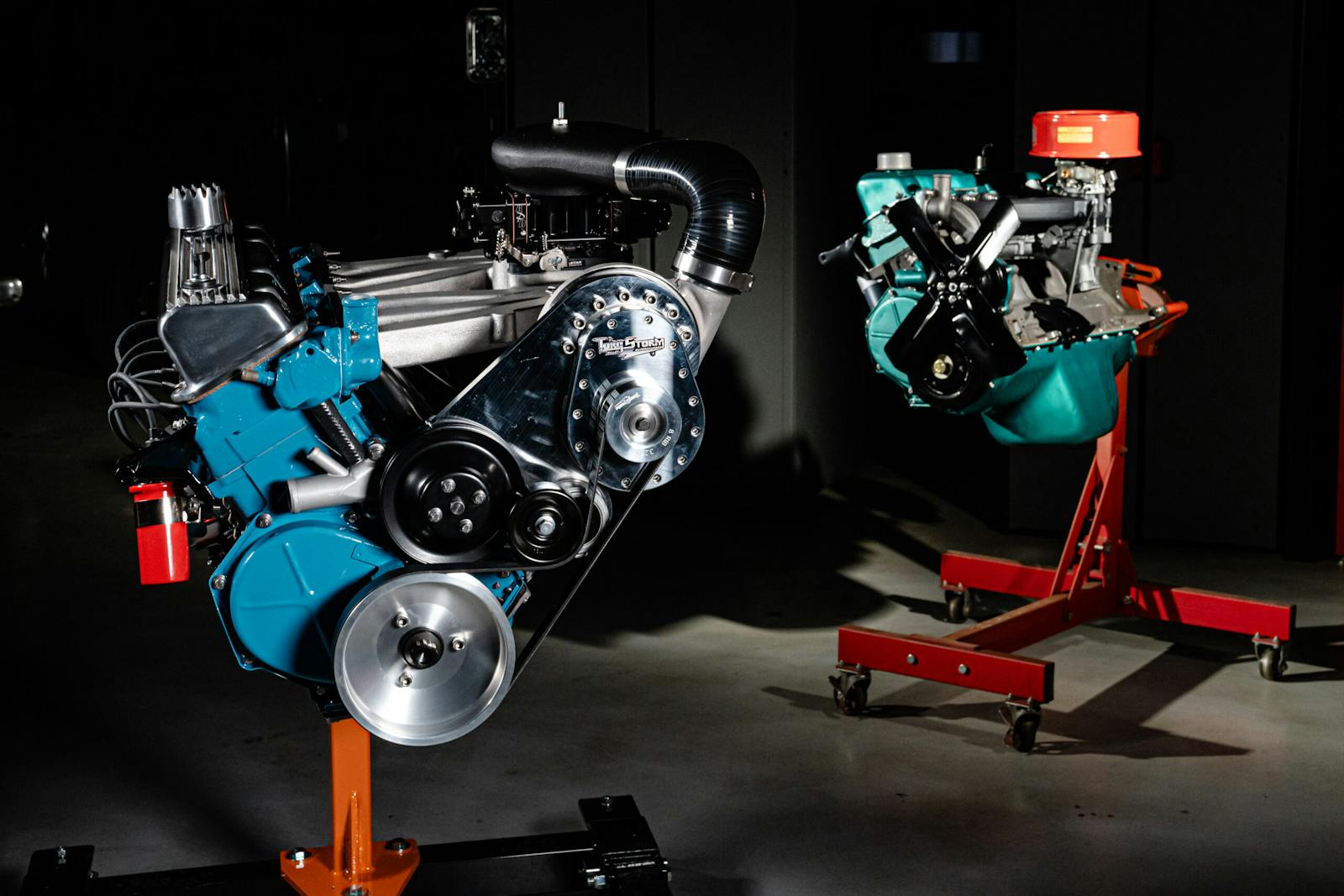See-through cylinder demystifies the four-stroke process
Of all the wondrous properties possessed by the materials that comprise internal-combustion engines, transparency is not one. For many folks, what is happening inside an engine will forever remain a mystery. Much like the dilemma of a fridge and its door-activated light, how can we know for sure what’s happening inside if we can’t see it with our own eyes?
Thanks to material science advancements—along with the YouTube algorithm changing how people indulge their curiosity—we have been able to peek inside running engines. Previously those exhibits have occurred with replacement cylinder heads, but the latest is a see-through cylinder. It’s oddly mystifying.
The clear cylinder-head experiments lacked the ability to communicate the physics acting on a connecting rod and piston as an engine cycles. This see-through cylinder reveals just how fast pistons accelerate, only to come to a dead stop—and repeat the process again and again and again. It befuddles the mind to realize how durable these machines are given the scale of the forces at work inside them.
The cylinder itself is also an interesting component to render as transparent. As pointed out in Integza‘s video, glass or acrylic present sizing problems in addition to durability concerns. The solution was to 3D-print a piece from resin and then polish it to a finish through which a camera (or eye) could see. The resin is even tough enough that it appears to hold up quite well to multiple runs of the little desktop engine.
One thing that did get on my nerves over the course of the video was the use of the word “explosion” to describe the combustion of the air/fuel mixture. Folks, it’s not an explosion. Years of study have confirmed that an internal-combustion engine burns fuel. Watch for how long the fuel burns, too: Thanks to this video, you can see that right as the piston hits bottom dead center, the flame seems to die.
Understanding what is happening under the hood of your car is a powerful thing. That knowledge will give you greater sympathy for the parts and pieces that work so hard to create the motion we take for granted these days. Maybe one day we will have a truly clear engine, like those sweet V-8 models so many of us built years ago. Integza‘s next project, perhaps?


